A management position is the ultimate sign of arrival, right?
You finally made it to the highest position possible in your organisation or department. There’s nothing else to learn. There’s no more reason to grow. You made it, and now you get to call all of the shots, right?
This is the way management and leadership within companies have been viewed for years. Managers are self-sufficient. The leaders know it all and call the shots, while lower level employees do what they’re told.
But this paradigm is starting to shift.
Leadership expert Suzy Welch recently said, “The era of the know-it-all CEO is over.”
The last few years have brought about uncertainty in every industry. Managers are now realising they can’t remain stagnant in their development. They must constantly be growing, learning, and developing in order to keep their companies on track.
On top of this, many companies are seeing the importance of moving away from a single, all-powerful leader and creating shared leadership processes, allowing leaders to emerge from any level of the organisation.
Companies and leaders who embrace the Growth Mindset create opportunities for their organisations to thrive – no matter the outside circumstances.
Why Leadership Training and Development?
There’s been much study through the years on what makes successful organisations. How can organisations operate more effectively and consistently achieve goals – even in harsh market conditions?
We’re learning more and more that an organisation’s effectiveness hinges heavily on their leaders and the leadership environment they create.
Stagnant leaders who fail to grow and develop – and who limit their employees’ opportunities to develop – lower the ceiling on their organisation’s growth.
The need for continuous improvement might be more important to an organisation than the development of lower-level employees.
But who trains them?
A Leadership Paradigm Shift
“Who trains the leaders?” If they’re responsible for developing their employees, who trains and develops them?
Many people view leadership development as a way of someone higher up pulling those beneath them to their level. And if that’s the case, once you reach the management level, there’s no one to pull you up. You’ve arrived.
But this couldn’t be further from the truth.
Enter: Shared leadership development.
Strategic group leadership development allows a managerial team to learn and grow together. Aware of one another’s challenges and goals, they develop collectively – for the good of the organisation.
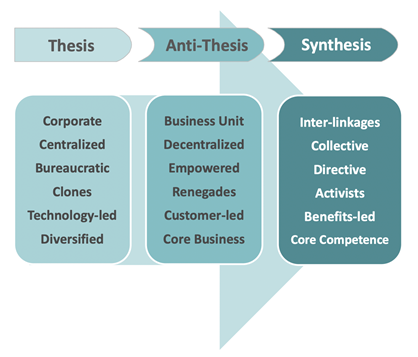
Shared leadership development does two things:
- It raises the ceiling on leaders’ development.
- It lessens the focus on a single leader with total control and shifts to a shared leadership process, enabling leaders to emerge at any level of an organisation.
This paradigm shift better supports an organisation’s pursuit of the six critical success factors:
- Synergy
- Focus & Alignment
- Results Orientation
- Engagement
- Innovation
- Competence
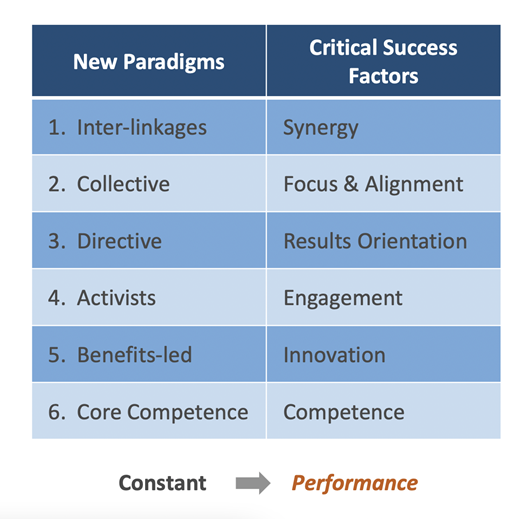
So how can your organisation embrace the shift and adopt a shared leadership development approach?
Introducing the Performance Leadership Model
Organisations who over-emphasise people can at times take their eyes off the mission and underperform. On the other hand, organisations who over-emphasize mission tend to find themselves with burnt out employees and a poor culture.
The Performance Leadership Model (PLM) aims to develop leaders who fully embody a mission-focus and a people-focus.
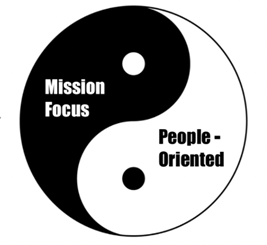
PLM touches on six key leadership skills that span these two primary focuses:
- Wielding Personal Influence
- Creating a Strategic Focus
- Strengthening and Engaging People
- Building and Sustaining Synergy
- Delivering Results
- Driving Innovation
But the model isn’t limited to the C-Suite. PLM cuts across leadership at all levels, empowering any employee to grow.
PLM gives managers and leaders the insight and skills they need to leverage their people’s potential to bring out the best in them to meet the organisation’s goals.
Let’s take a very brief look at each dimension of PLM:
Wielding Personal Influence
Wielding personal influence is central to a leader’s effectiveness. Personal influence works outward from an individual’s character.

It starts with one’s own ethics, values, and ability to understand self. Then it works outward into an understanding of others and communicating with impact. Strong leaders are true to themselves, communicate effectively, and “walk the talk.”
For those in VP or C-Suite positions, wielding personal influence is all about developing leadership resonance and becoming skilled at developing a balance of powerful presence and personal humility.
Creating a Strategic Focus
This dimension of PLM is all about inspiring a shared commitment to organisational vision and values. The ability to lead an organisation to success depends on a leader’s ability to cast vision, formulate strategy, and enlist others.
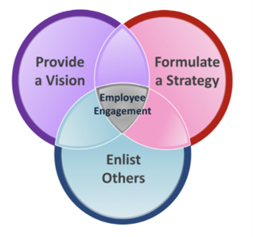
For those in higher levels of leadership, this dimension is all about leading with strategic impact.
Strengthening and Engaging People
Strengthening and engaging people involves the ability to encourage, delegate, coach, and mentor. Strong leaders know when to lean on each, and how to hold others accountable while empowering them.
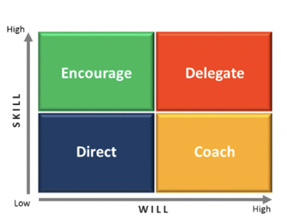
For higher level leaders, this dimension is all about empowering people sustainably for the long haul.
Building and Sustaining Synergy
Synergy is vital to an organisation’s success. Great leaders manage relationships well – with those below them, above them, and beside them. They have a strong sense of emotional intelligence and manage conflict well.
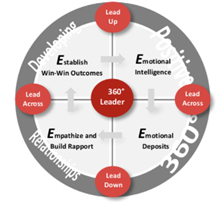
It’s crucial that those in higher levels of leadership can build and leverage teams for organisational synergy.
Delivering Results
Leaders who can consistently deliver results excel in defining goals and reinforcing expectations with clarity. Strong leaders deliver results through people.
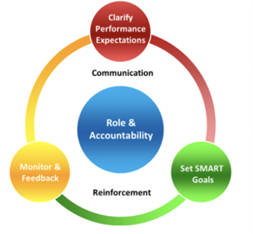
Business leaders are highly skilled in strategically managing performance across the entire organisation.
Driving Innovation
This dimension is all about driving continuous improvement. Skilled leaders are able to facilitate creative thinking, implement solutions, and manage risk in the process.

Business leaders are responsible for creating a culture of innovation and constant growth.
Our Approach to Leadership Training (in Singapore and Beyond)
ILS takes an integrated approach to leadership training and development that ultimately aims to improve organisational effectiveness.
We take a three-stage approach to leadership development that involves assessing, learning, and applying each dimension of the Performance Leadership Model.
We’ve taken many successful clients through our leadership development programme in Singapore and beyond. Contact us today to learn more and find out why ILS is the benchmark of human performance improvement in Asia.





